I feel very lucky to call Bath my home. As an interior designer the incredible architecture of this city is a daily inspiration. From the ancient Roman Baths to the fine examples of Palladian architecture and the beautiful Georgian buildings, everywhere you look there’s something to admire. In fact, Bath is so architecturally important, it’s the only city in Britain to achieve UNESCO’s World Heritage Status.
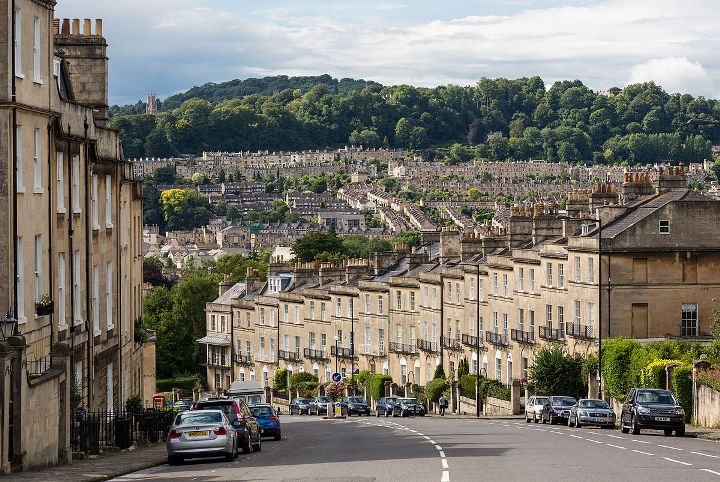
“Bathwick Hill, Bath, Somerset, UK” by Diliff – Own work. Licensed under Creative Commons Attribution via Wikimedia Commons
The Royal Crescent
During the Georgian period, Bath became a popular spa town. It’s been a beloved tourist destination ever since. It was during the Georgian era that some of Bath’s most famous buildings were designed and constructed; the best known of which is the Royal Crescent.
The Royal Crescent was designed by John Wood the Younger. He and his father, John Wood the Elder, planned many important buildings in Bath including Queen Square, St John’s Hospital and the Circus. The Royal Crescent is a row of 30 houses laid out in a sweeping curve. The exterior of the crescent has been beautifully preserved and looks much the same as it did when first built.
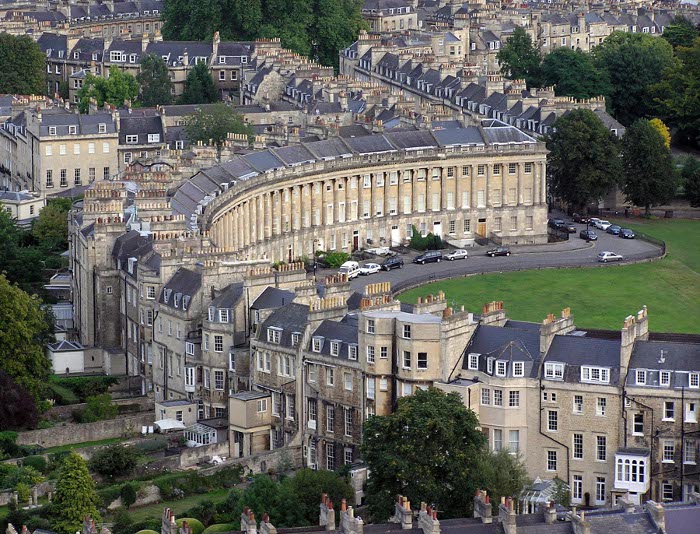
Image licensed under Public domain via Wikimedia Commons
I had the pleasure of designing the interior of one of the penthouses in the King’s Circus. This was an interesting project because the building had been bombed and the interiors burned out so none of the original Georgian features remained. Although it is a shame to lose period features, this did give us the opportunity to create a really modern space which juxtaposed nicely with the exterior.
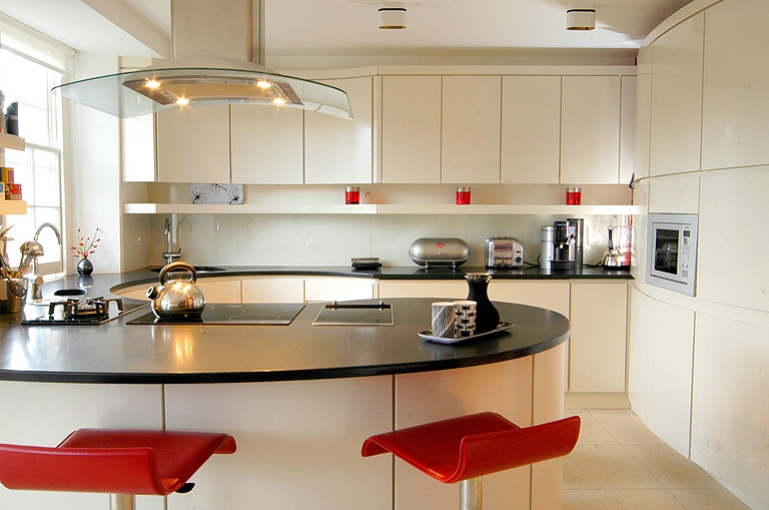 Interiors by Clair Strong Interior Design Ltd
Interiors by Clair Strong Interior Design Ltd
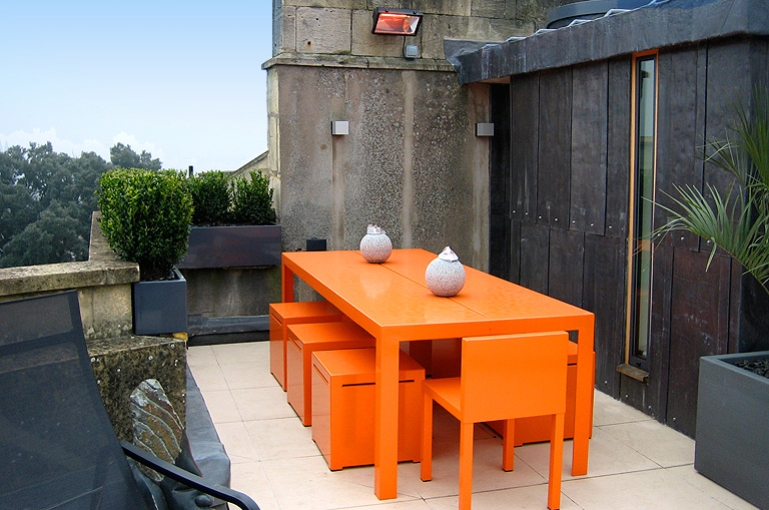 Interiors by Clair Strong Interior Design Ltd
Interiors by Clair Strong Interior Design Ltd
Important Georgian Architects
Much of Bath was constructed during the Georgian era, and a number of prolific architects made their mark here.
Scottish born Robert Adam designed the famous Pulteney Bridge. Construction finished in 1774 connecting Bath with the newly built town of Bathwick. The bridge was unique because it had shops across its full span on both sides – only three other bridges like it currently exist.
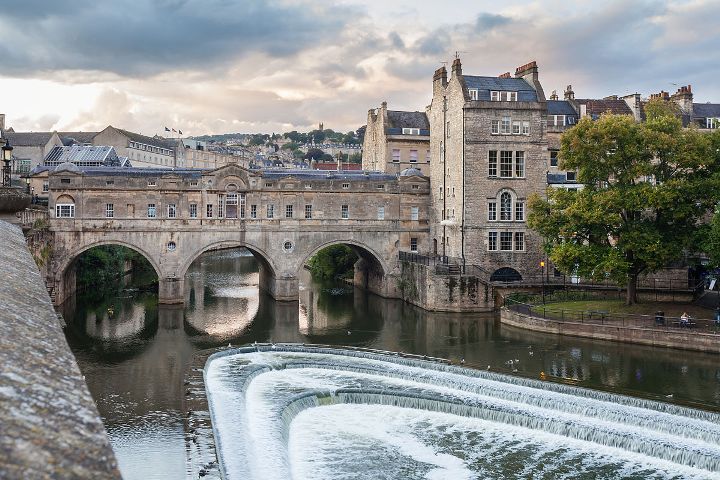
Image by Diego Delso – Own work. Licensed under Creative Commons Attribution via Wikimedia Commons
Another important architect was Thomas Baldwin. He was appointed Bath City Architect and later, Bath City Surveyor. He built the Bath Guildhall, designed Great Pulteney Street and planned the development of Bathwick, among many other works.
John Palmer succeeded Thomas Baldwin as City Architect in 1792. Some of his works include Cumberland House, the Great Pump Room, St James’ Square and the Theatre Royal. He also designed Lansdown Crescent, a curved row of 20 houses located on Lansdown Hill with views across Bath. I have designed two apartments in Lansdown Crescent; you can take a look at the interiors of these beautiful homes here and here.
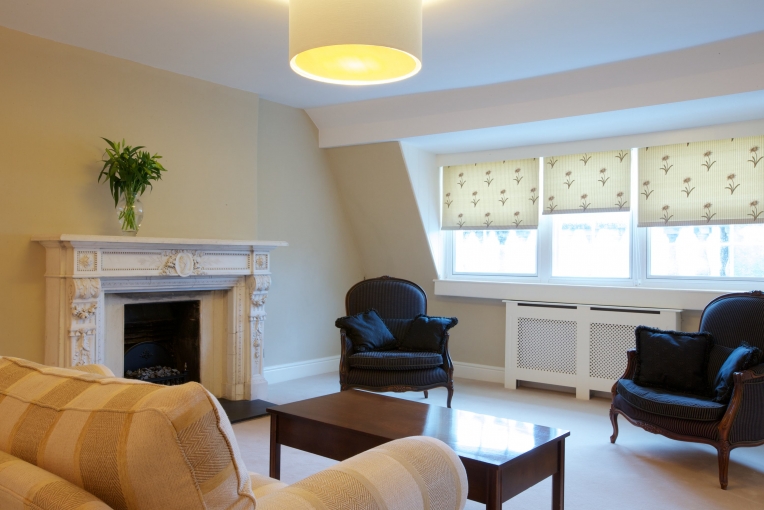 Interiors by Clair Strong Interior Design Ltd
Interiors by Clair Strong Interior Design Ltd



